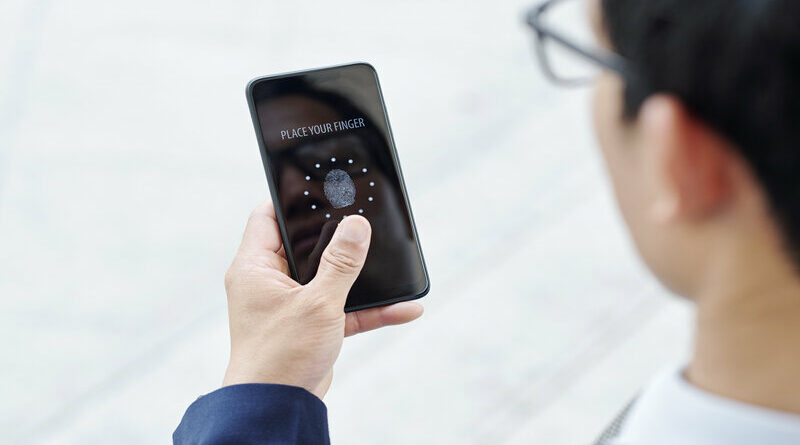Why Biometric Authentication Systems are Replacing Traditional Methods
Traditional authentication methods for verification and authentication have proven to be more susceptible to security lapses than the use of advanced technologies such as biometrics. For instance, passwords and logins are far more prone to hacks than biometric modalities that are unique to each individual.
As an added layer of security, biometrics are foolproof yet provide faster ways of screening. Customers do not have to juggle different passwords and keep safe records of different logins every time they have to sign in to an online app or website. Speed and convenience are top priorities for customers these days, and using biometrics measurements for authentication provides a seamless onboarding experience.
Biometrics are becoming more affordable and easy to adopt, making it a popular choice among banks and other financial institutions as well as among the individuals who want to protect their privacy in various aspects. With digital identity theft and cybercrime on the rise, pushing up demand for robust and reliable authentication systems.
Biometric Authentication Systems
A trusted biometric authentication system can help manage and outsource identity management for businesses. Here are two main areas where technology outpaces commonly used methods to identify users.
1. Facial recognition technology
Recent trends have shown that passwords will no longer be the primary choice of users. Repeated data breaches lead to leaked customer data and login details, exposing customers to identity theft and account takeover fraud. With a large number of people now using their mobile devices to make digital accounts, biometrics are quickly replacing traditional passwords and PINs. Face IDs, such as in Apple’s latest phones will be accepted as the most effective means of logging in without having to enter lengthy details.
Face-based biometric authentications allow customers to develop more trust in their online accounts and be better protected against online fraud. Similarly, businesses can ensure that consumers have been vetted using reliable means, protecting them against malware and cybercrime. High-risk transactions, especially in the financial sector, can benefit from this element of trust to a large extent by establishing built-in safety systems. Data can be saved and re-verified for later use, improving conversion rates and the customer experience in the long run.
2. 3D Liveness Detection in Biometrics
Modern identity verification methods require users to take live photos in order to match them with photos on relevant documents. The software uses corroborating pictures to carry out this matching task and determine if the person trying to gain access to an authorized account is actually who they say they are. This is not always that simple.
Fraudsters often try to break into accounts by using stolen or downloaded pictures to use as fake proof of identity. Liveness detection software used in biometric authentication can help solve this problem by ensuring that the person is present in real life at the time of login. Access to online accounts is therefore secured by using liveness detection methodologies to check for smiles, nods, blinks and other movements that confirm real-life presence.
We also know that these methods are being easily intercepted by deepfakes, in the form of fake videos and pictures that can easily be modified to appear as coming from a certain person. With deep implications for social and political security, this amplified the need for liveness detection to deter such spoof attacks. Here, the role of human intelligence is immensely critical as it makes up for any mistakes that AI software can make. The current need is to understand the impending threats of deepfakes and recognize the depth of biometric technology that is required to counter such attacks.
Biometric technology is a relatively new technology, but far less impenetrable than more traditional screening methods. Businesses and individuals need to understand how to make the best use of this technology to curb cybercrime.











